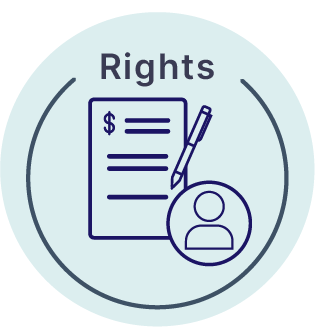What does this mean to me?
If you can’t pay the full amount by that date, you need to figure out what payment options might work for your situation, and act to set up a payment plan or discuss other ways to pay off your balance. Being proactive in addressing the tax debt may prevent additional penalty and interest charges and eliminate the need for the IRS to take action to collect the balance. For specifics, see I got a notice from the IRS.
If you choose not to respond to the Letter 5972C, the IRS may send further taxpayer collection notices to you requesting payment for the tax balance owing. The IRS may also file a Notice of Federal Tax Lien or issue a levy.
For specifics on your notice, visit Understanding your IRS Notice or Letter.
How did I get here?
You have a balance due on your tax account. This letter is being sent to you to let you know how much you owe, when it is due, and how to pay it.
What are my next steps?
The first thing to do is to check the return address to be sure it’s from the Internal Revenue Service and not another agency.
Is it from the IRS?
If it’s from the IRS, the notice will have instructions on how to respond to the notice received and who to contact. If the notice is not from the IRS, visit I Got a Notice From the IRS for further details.
Next, you should read the letter carefully. It explains how much you owe, when your payment and or tax return is due, and your payment options.
If it’s from another agency, such as a state tax department, you’ll need to call that office for an explanation.
If you disagree
If you disagree with the letter, call the IRS at the toll-free number on the top right corner of your notice. Please have your paperwork (such as cancelled checks, copy of filed returns, etc.) ready when you call. See also Publication 5, Your Appeal Rights and How to Prepare a Protest If You Don’t Agree.
If you can’t pay the full amount by that date, you need to figure out what payment options might work for your situation, and contact the IRS to set up a payment plan or discuss other ways to address your balance.
Being proactive in addressing the tax debt may prevent additional penalty and interest charges and eliminate the need for the IRS to take action to collect the balance.
If you believe you have an acceptable reason for interest or a penalty to be removed or reduced, you may complete Form 843, Claim for Refund and Request for Abatement, or send a signed statement to the IRS explaining your reason why. For specific instructions, see Notice 746, Information About Your Notice, Penalty and Interest.




